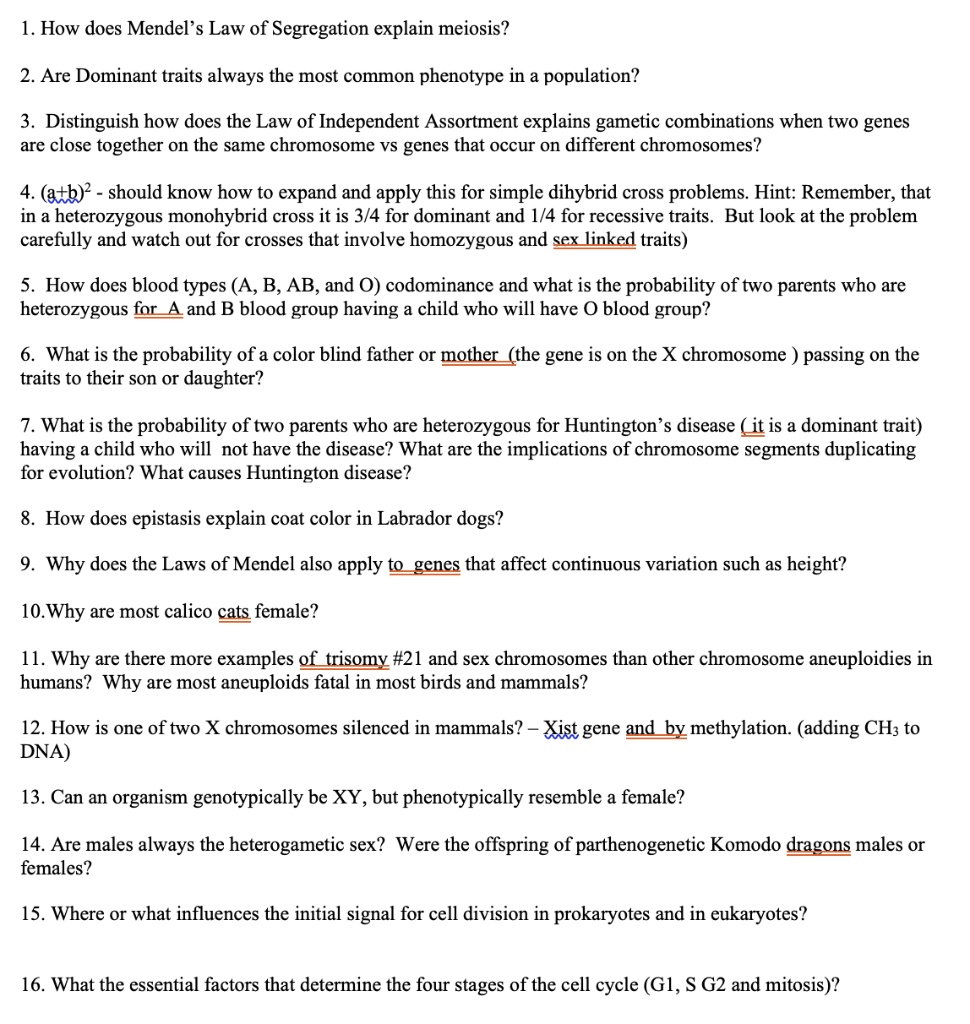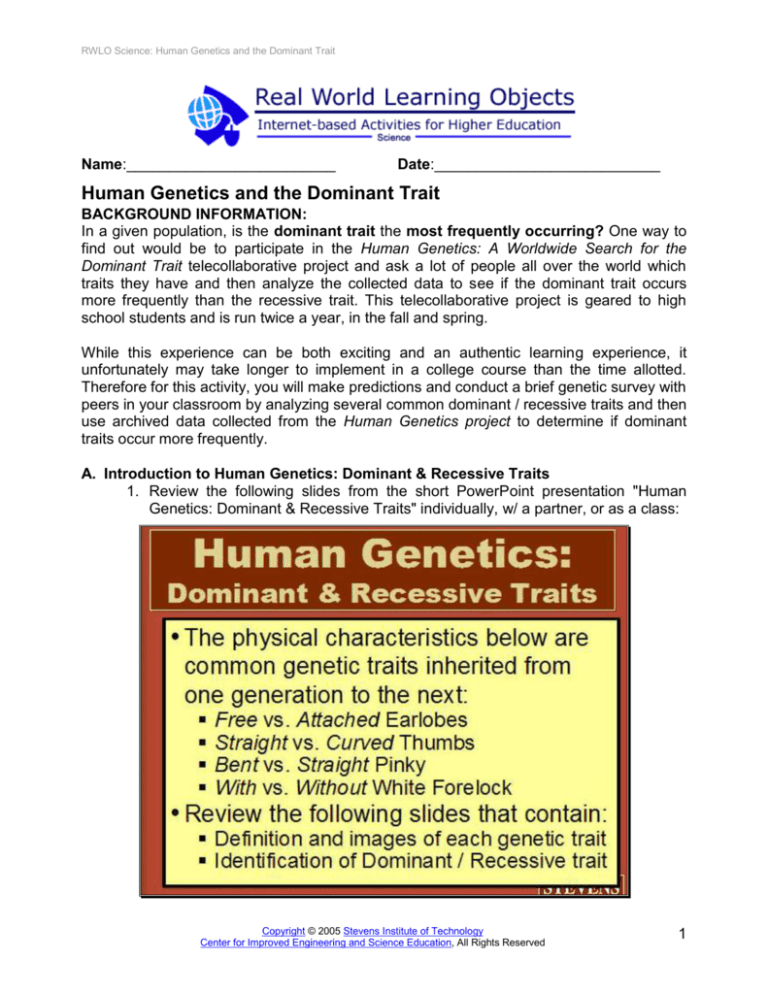
Whilst nursing, young puppies will often compete with their siblings over who has first access to their mother’s milk. One of the reasons so many dogs show dominance over other dogs is because they are naturally dominant (even at an early age) and has been installed in them from birth. Why is dominant behavior so common in dogs? Therefore, a delicate balance is needed for dog owners to address their furry companion’s behavior correctly.įirst and foremost, it is important that we recognize the signs of when our dogs are acting dominant towards other canines and then act accordingly depending on the situation. If left unaddressed, this may become a habit for your dog, potentially leading to them mounting other dogs whilst on walks or during playtime with random canines in the park. In most cases, this will not lead to a confrontation, however, you should try and discourage this behavior when possible. When interacting with submissive dogs, dominant dogs will often attempt to mount or otherwise stand directly above them as they roll on their back to display their bellies. Similarly, dogs will often stand stock-still or move very slowly alongside this eye contact behavior. Often play will be where a dog shows dominance over another dog. At times, prolonged eye contact between dogs may indicate that a fight is about to occur, and as such, you should be careful to separate them before this takes place. Staring down the other dogĪdditionally, some dogs will stare at the other dog in an effort to get other canines to back down or to warn them to stay away. Guarding their ownerĪs well as this, they may even begin to guard their owner, refusing to allow other dogs near without lunging at or biting them. However, most commonly, they will bare their teeth, snarl, growl, or bark at other canines that venture too close to their food, favorite toy, or territory. Baring of teeth, snarling, and growlingĭogs will show their dominance in a plethora of varying ways. In addition to this, many dogs will alter their behavior depending on how they feel around different groups of their species.įor example, a smaller dog may act dominant around other small dogs yet act submissive around larger breeds. In general, most dogs fall somewhere between the two: there is no such thing as a purely dominant or submissive dog. For example, they may back off and allow other dogs to take their food or treats, turn away when other dogs stare at them, or roll on their backs and show their belly. Submissive dogs will often display behavior that is intended to indicate to other dogs that they are not a threat. However, before we explain what these dominant behaviors are, we should clarify that there is another category closely related to dominance – submissive behavior. In most cases, spotting this behavior is relatively simple.

There are several ways in which dogs show dominance over other dogs. How does a dog show dominance over another dog? And it’s not always problematic… but you might have to worry if it leads to aggressive behavior, so here’s what to look for. This can even lead to dogs becoming depressed or anxious if they are unable to act normally and defend themselves or protect their owner and possessions.Īs a result, you will often you will see even the most mild-mannered of dogs, trying to show dominance over another.

Without dominant or territorial traits, dogs can often find themselves in situations where they are dominated and bullied by other dogs, be it in the home or elsewhere.


 0 kommentar(er)
0 kommentar(er)
